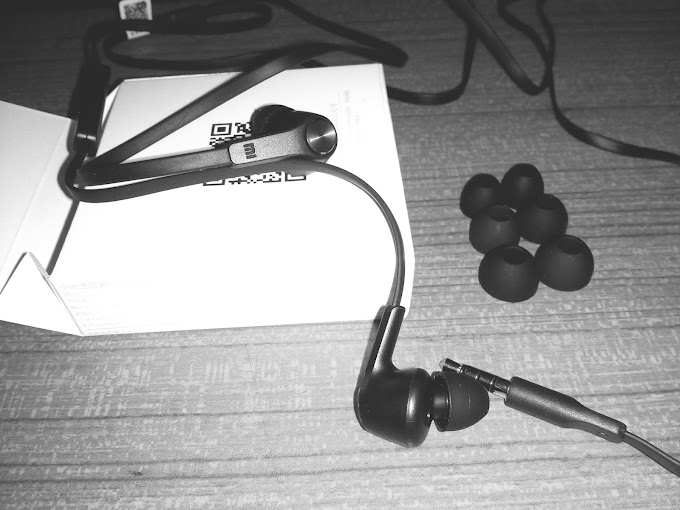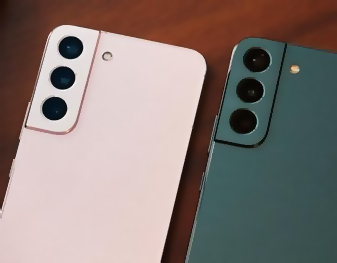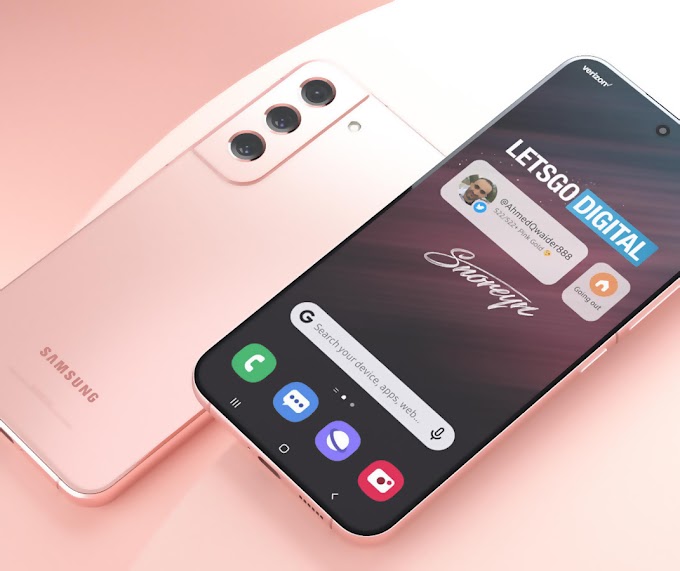Xiaomi is probably best known for its value driven devices but its flagship game has gotten pretty competitive lately too including the Mi 11 which is now being released globally.
Screen And Body
The Xiaomi Mi 11 is a flagship phone with an elegant curved glass build and an aluminum frame well actually is made from gorilla glass 5, but there's also a version available with a vegan leather back.
It looks great the colors shift as the phone catches light at different angles. The way the glass tapers to the edges makes the Mi11 look and feel impressively thin and overall it's quite comfortable to hold.
There is no official waterproofing on the Mi11 but teardowns online reveal waterproof sealing around the speakers in the sim slot, so there's some sort of protection here.
On the front of the phone is a 6.81 inch amoled display protected by sturdy gorilla glass. It has a qhd resolution a 120hz refresh rate and a punch hole in the corner housing the selfie camera.
The screen is curved so content spills over the edges it's actually a much sharper curve than what samsung is coming out with these days.
This is one of the best smartphone screens you can get. You have that sharp resolution coupled with the high refresh rate as well as a super fast 480 hertz touch sampling rate.
When you interact with this display everything is super fluid and responsive and the refresh rate will dial down to 60 hertz when it can in order to save power no competitors can go down even lower than that.
Content on the Mi 11 looks crisp contrasty and vibrant. The phone has support for HDR 10 plus as well as 10 bit color, you can adjust colors and settings to be super accurate and brightness is excellent too.
We measured a maximum of 500 nits with the slider and a boost to over 920 nits in auto mode when out in bright sun.
Audio
For audio the Mi 11 has a pair of stereo speakers tuned by harman kardon the top one is abit smaller and it's actually located not where the holes, are but under the display.
The mi 11 earned a very good score in our loudness test, the top speaker produces mostly mid-tones and is a bit quieter than the other one but together the sound quality is good. There's noticeably less bass than last year's model though.
There is no 3.5 millimeter jack on the Mi 11 so for headphones you need to connect wirelessly or use a usb-c dongle. Thankfully xiaomi provides one in the box.
What's In The Box
Speaking of what's in the box there's been a trend lately of flagship phones shipping without a charger, but that's not the case with the mi 11. Outside of Asia, the phone will come with its 55 watt Gallium Nitride (GaN) charger and even if you're in asia you'll get the charger if you opt for that when you buy.
This charger is blazing fast with it we were able to charge the mi 11 from a dead battery to 83 percent in half an hour. There's also support for 50 watt wireless charging and reverse wireless charging.
Part of what makes this fast charging tech possible is that unlike last year's model. The mi 11's battery is split into two cells which charge simultaneously together.
The cells have a 4.600 mAh capacity and battery life here is good but it is a bit underwhelming compared to many phones coming out these days. With the screen at 120 hertz the mi 11 scored an endurance rating of 81 hours. Of course when considering the battery life you have to take into the high screen refresh rate and resolution as well as the high-powered snapdragon 888 chipset.
Performance
Performance here is awesome, the best you can get on an android phone. The Mi11 does fall behind a bit in graphics benchmarks due to its higher resolution display. But this is understandable and doesn't reflect in real world performance and of course the snapdragon 888 also provides support for 5g network connectivity as well.
One thing we did notice though is that despite its vapor chamber cooling system the mi 11 tends to get pretty warm when performing heavy tasks such as gaming. And in benchmarks the phone got so hot that it failed one of the stress tests. But with that said we didn't notice any effects of thermal throttling while actually playing a game.
MIUI12
The interface of the mi 11 is xiaomi's MIUI12 over android 11. however even though the new android is on here the UI is virtually the same as what we saw in MIUI 12 last year. You still get the super wallpapers which zoom and move as you unlock and swipe.
The interface you can choose between three of them and there aren't any more available for now. You do still get classic xiaomi features here such as an InfraRed blaster which lets you use the phone as a remote control.
There is support for an always on display and you can set it so that the size of the display will light up with color when a new notification comes in. The notification shade can be split into a notification center accessible from the left corner of the screen and a control center on the right.
You also have access to an app drawer which holds and organizes all of your apps or you can option to keep everything on the home screen if you want.
Storage And Feature
You get 128 or 256 gigs of storage on the mi 11, but that's it storage isn't expandable here and waking up and unlocking the mi 11 is done with an under display optical fingerprint reader it works pretty well. It's not the fastest around the fingerprint scanner is also supposed to be able to read your heart rate but the feature isn't available right now it's supposed to come with the future update.
it's worth mentioning that xiaomi has unveiled their next version of miui 12.5, which will be coming in a few months instead of introducing new features miui 12.5 will optimize what's already there
bringing improvements in cpu and memory usage and power consumption.
Camera
The cameras on paper they're pretty much the same as what we've seen last year from xiaomi, there's a 108 megapixel main camera a 13 megapixel ultra wide camera and a 5 megapixel macro camera.
Xiaomi has been promoting the mi 11 capability for video recording so let's dive into the video quality.
First, 4k footage from the main camera is outstanding it's sharp and detailed with accurate colors, nice contrast and good dynamic range. this is also true not just for 30 fps video but 60fps as well two-time zoom video from the main camera is actually quite nice.
It is an optical zoom but thanks to the high resolution sensor, the results are more than usable in daytime. The main camera also supports 8k video recording at up to 30 fps. This is among the best 8k footage we've seen from a phone.
You get great colors and contrast wide Dynamic range, excellent detail and smooth playback. On the ultra wide you can shoot in 4k at 30fps.
It's good but not as great as the main camera, the colors are a bit more dull and the dynamic range more limited.
In low light 4k video from the main camera is very impressive it has low noise, rich detail, nicely balanced exposure and well preserved colors.
New on the mi 11 is night mode for videos these come out in 1080p and are digitally zoomed for some reason, if the light isn't that low there isn't much of a visible improvement.
However in really dark situations the night mode does put in the work sure, there's a lower resolution some cropping and heavy noise reduction but instead of pitch black footage you get something usable with visible detail and color.
Electronic stabilization is available for both the main camera and the ultra wide in all resolutions, except for 8k it does a great job in smoothing out your footage. Something that helps the mi 11 stand out from the competition is its suite of movie events which gives you an interesting bag of tricks for your home-film making.
Unfortunately all of these except for the time lapse are limited to 1080p only, night time lapse mode is probably the most impressive of the bunch it snaps night mode photos and stitches them together into a video. This takes time of course but the result is in 4k
And it's stunning Magic Zoom keeps your subject in the center while you zoom the background in or out, it does a decent job if you're able to stabilize the phone on something. Otherwise a shaky hand sort of ruins the effect.
Slow Shutter allows you to create blur type effects for motion blur or transitions it works decently well if the light is low enough.
Time Freeze allows you to keep your subject in motion while freezing the rest of the frame it's pretty cool in certain scenarios though it is a bit finicky sometimes .
And Parallel World splits the frame in half and mirrors it to recreate an inception style look there's a limit of 10 seconds for each clip.
The main camera its images come out at 27 megapixels by default and they have rich detail, great contrast, and accurate colors.
There's low noise and natural looking dynamic range. Portraits are shot with the main camera and these are great with nice detail and excellent subject separation if you have plenty of light.
There's no dedicated telephoto camera on the Mi11, so it will use a crop and simple upscale to achieve a two-time zoom. If you were to downsize this photo to 7 megapixels the result is really good, actually rivaling that of a real telephoto, it just requires an extra step.
The 13 megapixel ultra wide camera shoots outstanding photos there's a lot of resolved detail above average dynamic range, lively colors and low noise.
The mi 11 features a 5 megapixel macro camera with a 48 millimeter telephoto lens and autofocus, its photos are detailed enough if you have plenty of light, however the colors are a bit dull and the contrast isn't great.
Night Mode
Low light photos starting with the main camera there's a new feature called auto night mode and is enabled by default. These photos are well balanced exposure wise with well preserved highlights, clear detail and shadows and natural looking colors.
You can switch to a manual night mode as well these take a couple of seconds longer to process and you may end up with a somewhat brighter result.
If you disable night mode entirely this is the result, there's still plenty of detail and low noise but highlights are blown out and the colors are a bit more dull.
Low light shooting with the ultra wide camera is much the same story with the auto night mode as the default. These aren't too bad but the exposure is a bit dark for our taste. The manual night mode comes out brighter with a more balanced exposure and better color saturation and an ultra wide photo taken without night mode pretty noisy and dark for selfies.
Selfie Camera
The mi 11 has a 20 megapixel front facing camera, it's a quad bayer sensor but for some reason the photos still come out in the native 20 megapixels. They are on the softer side but still decent with good colors and contrast.
Conclusion
So, that's the xiaomi mi 11. it's got an attractive design, an awesome high refresh rate amoled display, stereo speakers, fast charging and an excellent camera experience. Plus it's the first smartphone with the Snapdragon 888 to be available globally. I do wish that the battery life was a bit better though and some people might miss having a dedicated telephoto camera and those video effects they're interesting but despite the hype they're not going to get you into hollywood but at the end of the day the biggest factor here is the price.
The Mi 11 is surprisingly affordable for a flagship its price tag undercuts a lot of the competition and if you're looking for value in a premium phone. The mi 11 definitely deserves a recommendation.











